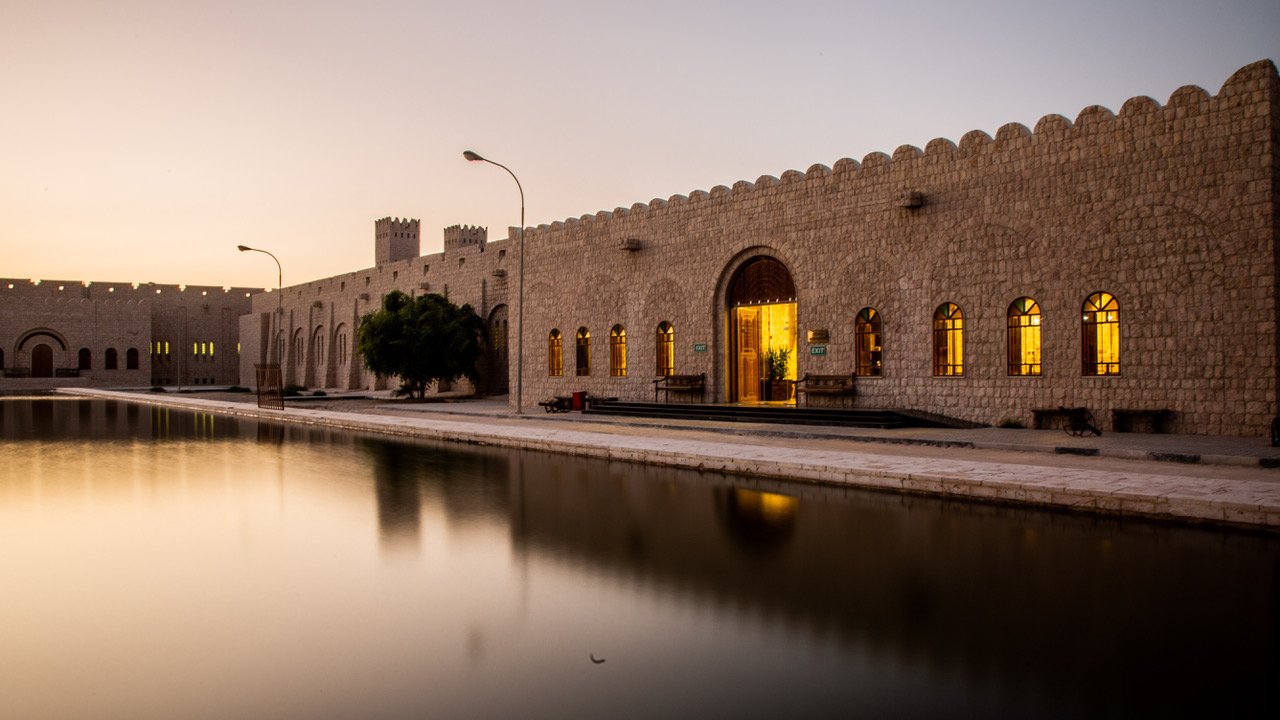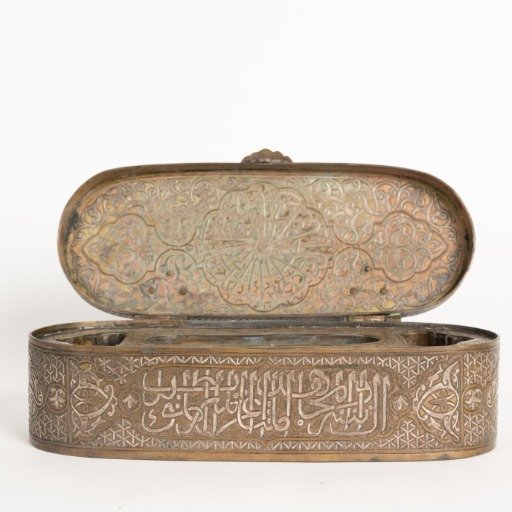Outstanding Museum Practices. Sheikh Faisal Bin Qassim Al Thani Museum, Qatar

The educational project BEHIND AN OBJECT, THERE IS A STORY started as a free-of-charge, online program addressed to students aged 7-12. However, after a few experimental tests with neighboring schools, the presence of special needs audience challenged FBQ Museum to dedicate tailored programs during the nighttime. While parents could celebrate the holy month and observe religious commitments, special needs kids attended our online sessions venturing on a journey to discover Islamic arts and cultural heritage. In this sense, FBQ Museum became an alternative, safe space of inclusiveness for a particular target audience with physical and psychological challenges, which still represent a social stigma in the Gulf Region.
The project
CONTEXT:
Due to the Covid 19 pandemic, worldwide museums launched their exhibition online, virtual tours, and digital-based platforms to contribute with their online presence to school programs with an alternative yet engaging way of presenting their collections. So did FBQ Museum in Qatar. Nevertheless, what has been planned as a museum school program to enhance primary schools' curricula resulted in a non-normative targeted audience's program delivered at nighttime during Ramadan. BEHIND AN OBJECT, THERE IS A STORY allowed parents to observe their religious commitments while ensuring their kids' assistance and interaction with the virtual programs.

In this sense, Qatar's social context has challenged FBQ Museum to address a specific program to young participants with special needs. In the Gulf region, the social stigma, for instance, around autism or speech difficulties, still represents a source of fear or embarrassment for special needs kids' exposure on their parents' side.
What may be a practice that is considered routine in a different cultural context, in Qatar's framework, requires a reformulated or rephrased version while keeping in mind the feeling of shame surrounding psychological issues.
PROGRAM BRIEF:
The program's core consists of three thematic journeys chosen by the museum educators and participants together, delivered both in Arabic and English. This activity stimulates kids' imagination to invent their own stories concerning their environment and the items at their disposal. Using different media, such as text writing or collage, encourages participants to create a storytelling mood-board for possible tales to share with parents and friends after the virtual program.

1st Story: A Day in Qatar's Old and New Times
Participants project themselves into a day spent in the desert or on a pearl diver's boat by borrowing stories from Qatari's grandads and grannies.
2nd Story: Nun and the Pen, and what they write together
This path ventures participants into a journey of discovery of contemporary calligraphy art. When binding letters and ink meet, they bring to life ever-changing shapes.
3rd Story: The Memory Box
As a time capsule, participants travel back in time to see how rituals, both domestic and collective, characterized night and day of past generations and still resonate in today's habits.

A 20-min activity completes the program to emphasize the underlying messages behind the museum objects that participants will have just analyzed with the educators.
Drawing classes, collage making, written words, and images represent kids' basis for creating a mood board to tell their own stories. This practical activity enhances kids' ability to make up stories from any items surrounding them daily and to retain the key learnings of the art of storytelling as follows:
- Create a narrative
- Respect time composition in oral storytelling: the present narrative tense
- Fictional and real characters
Links to the institution website as relevant support material:
https://www.alsamriyaestate.com/museum/education-public-programs
https://www.alsamriyaestate.com/museum/fbq-virtual-tour
